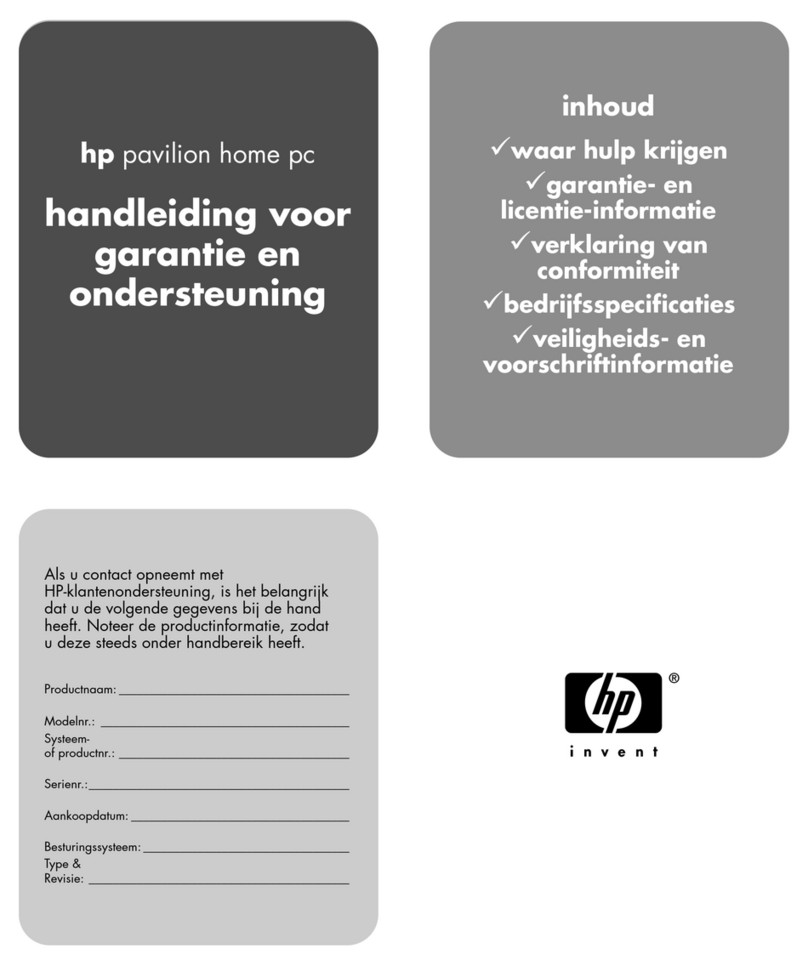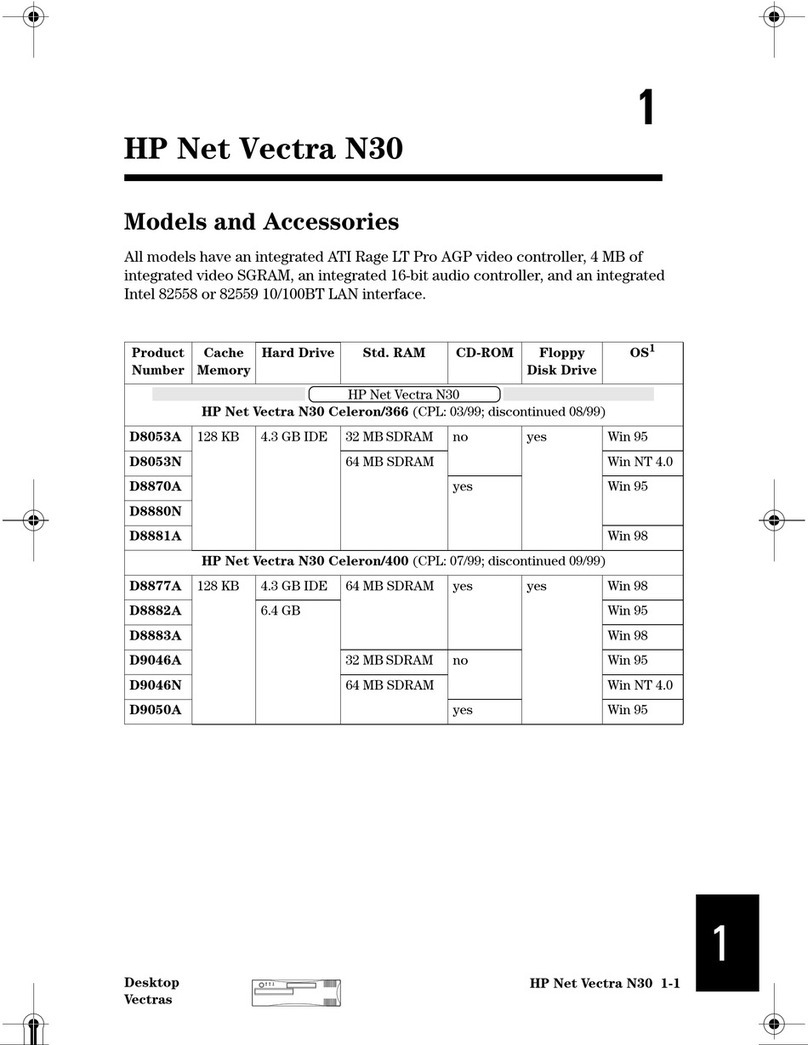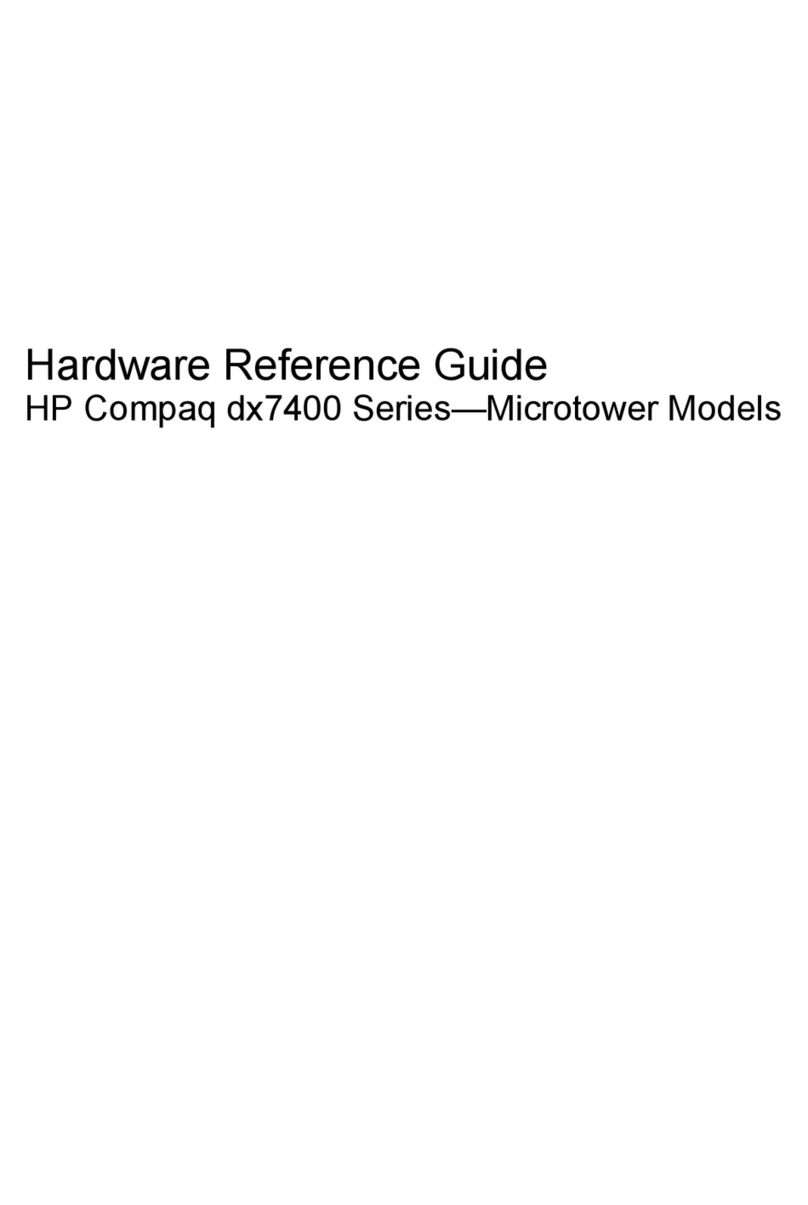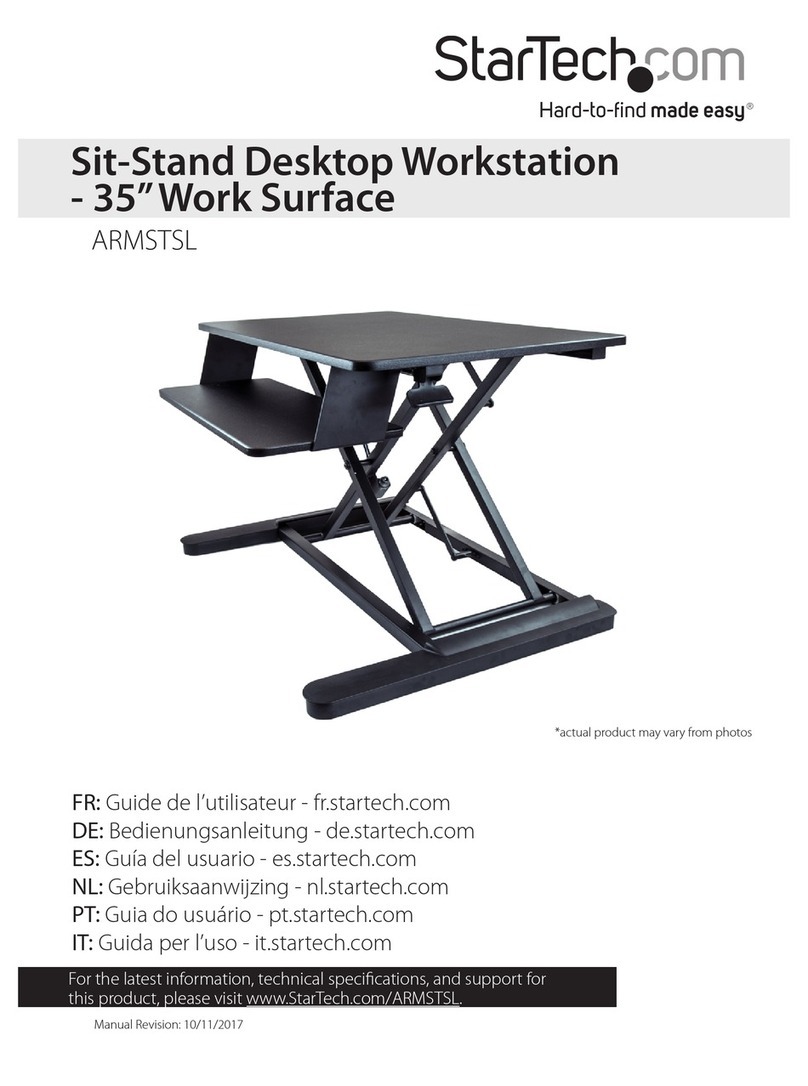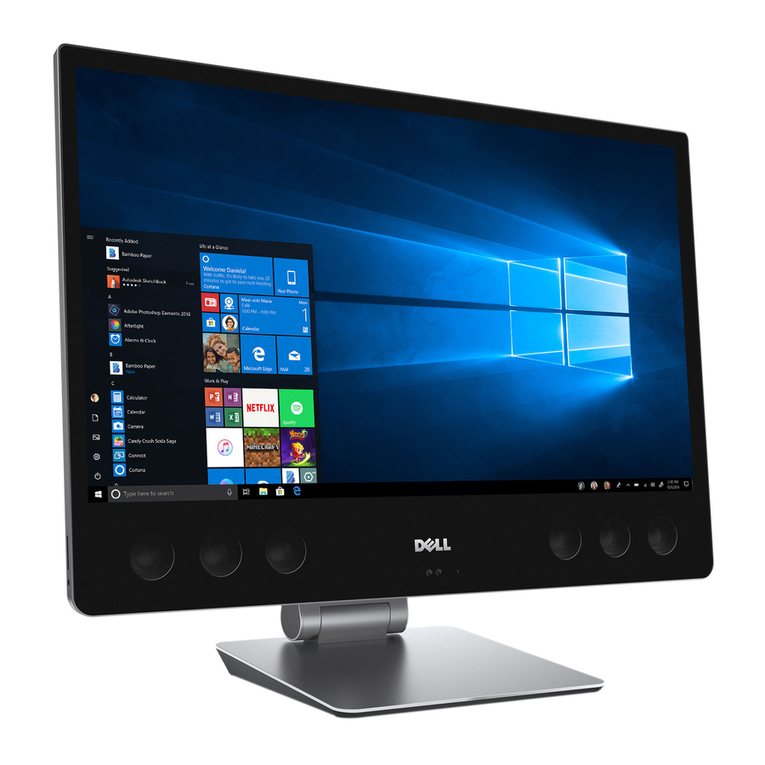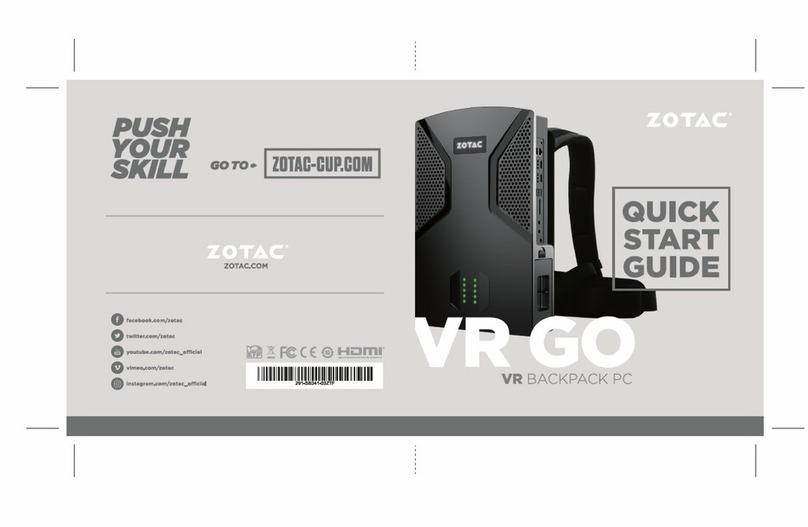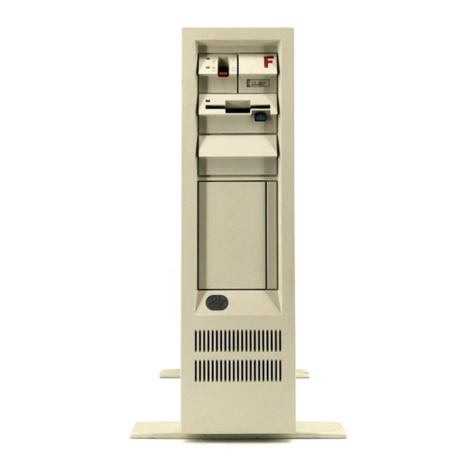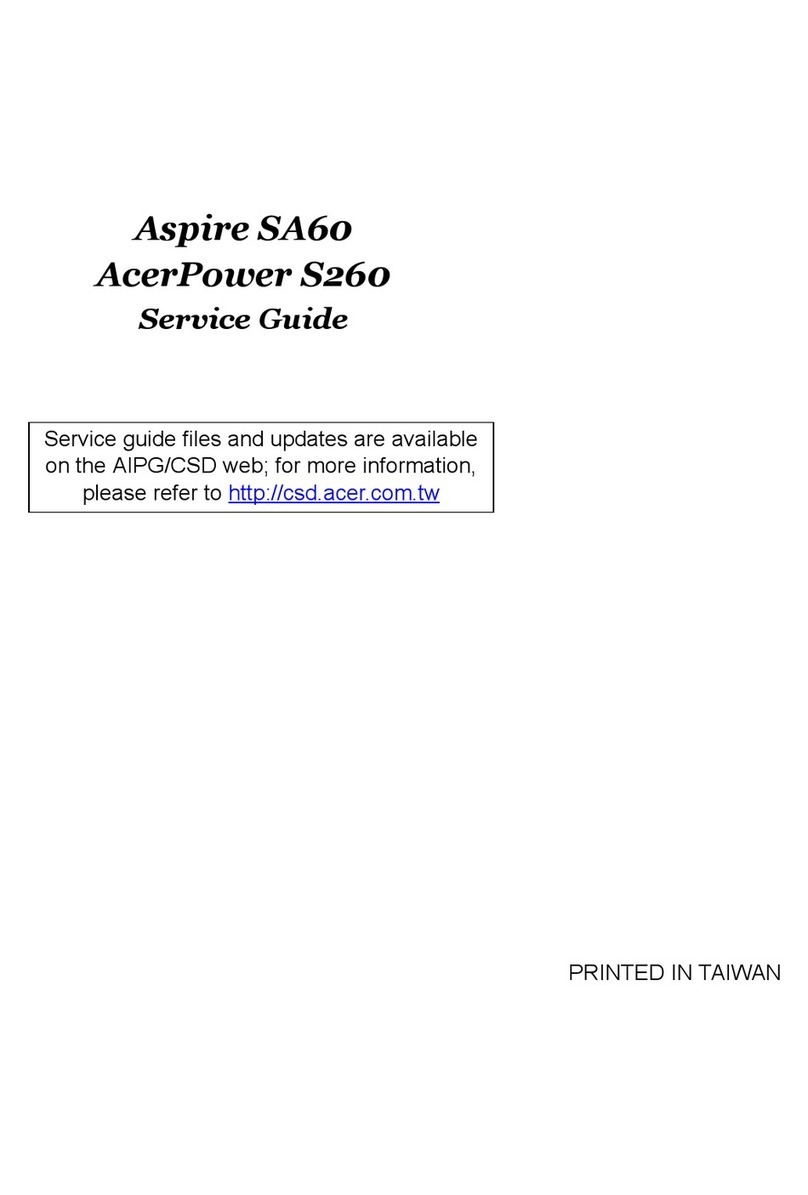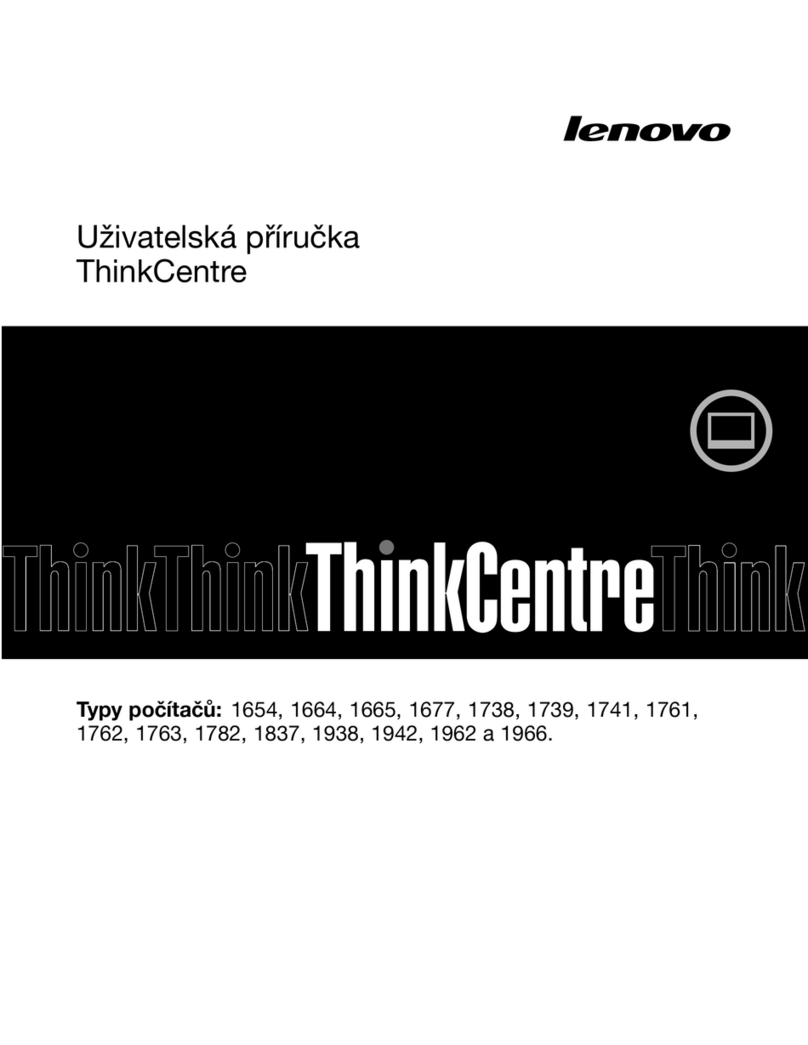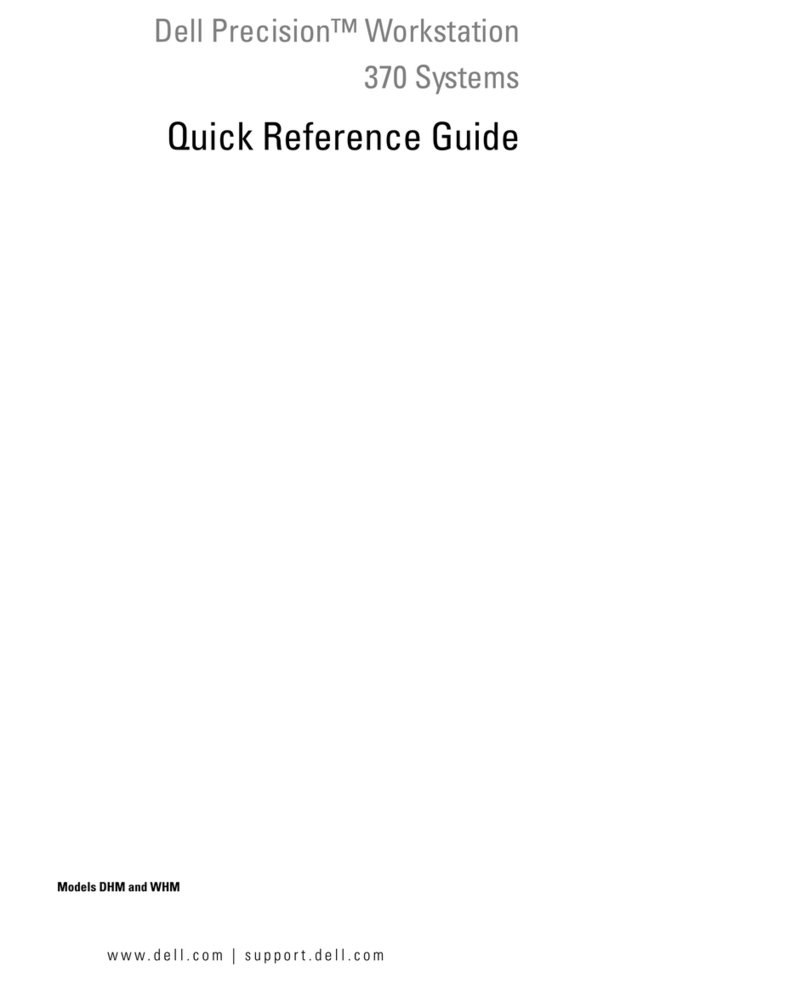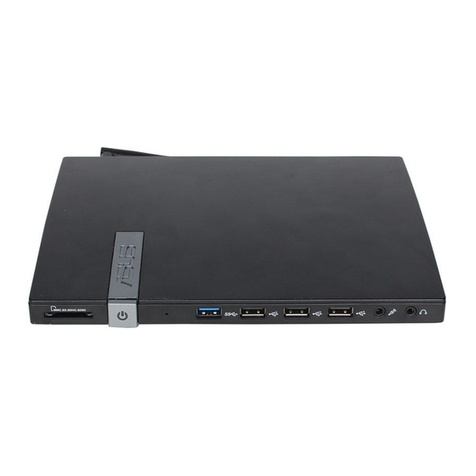HP LaserJet 9000 User manual
Other HP Desktop manuals
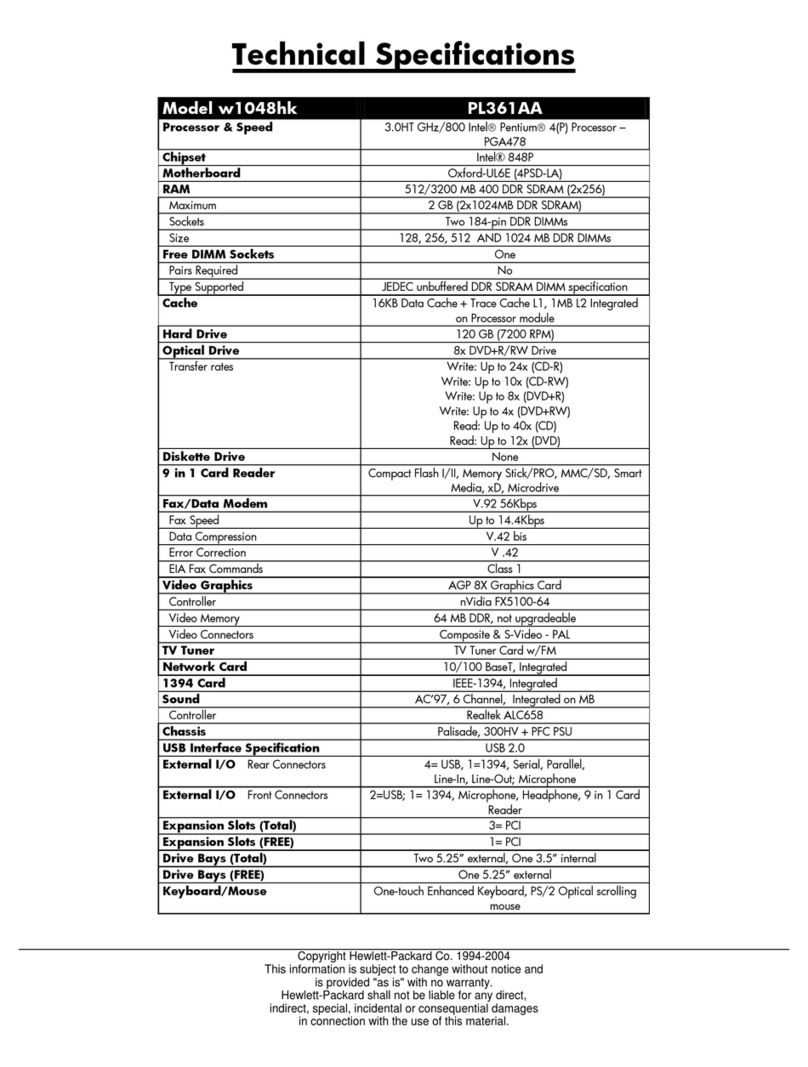
HP
HP Pavilion w1000 - Desktop PC User manual
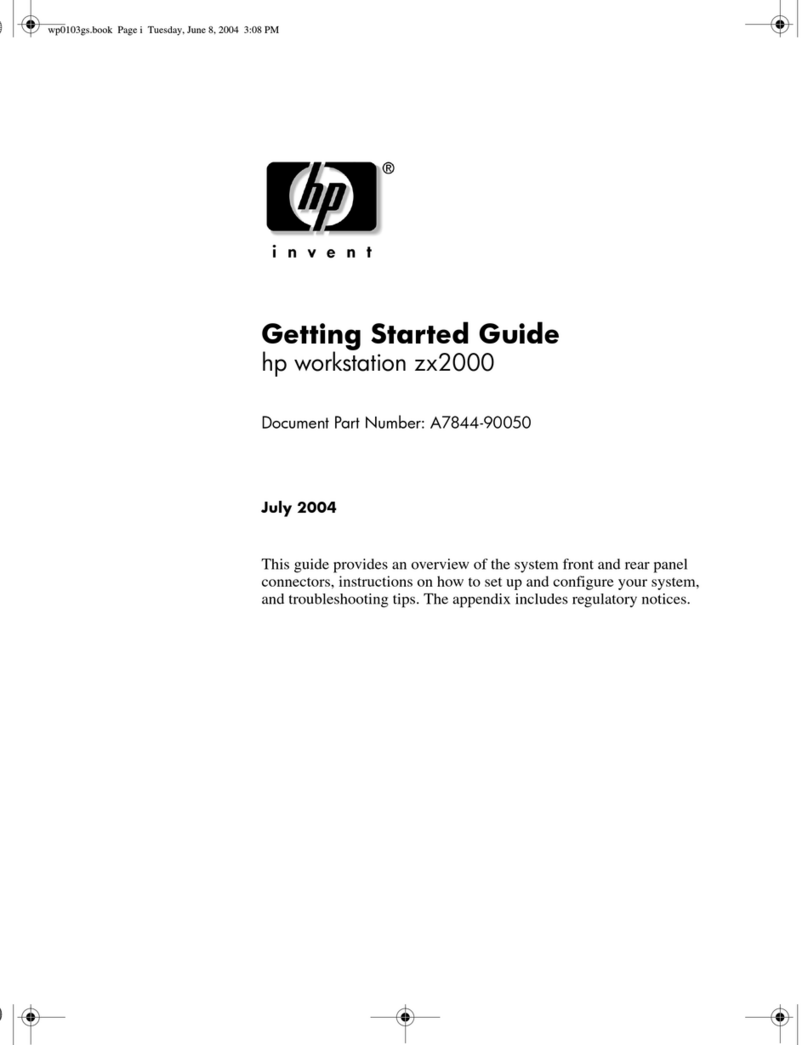
HP
HP ZX2000 User manual
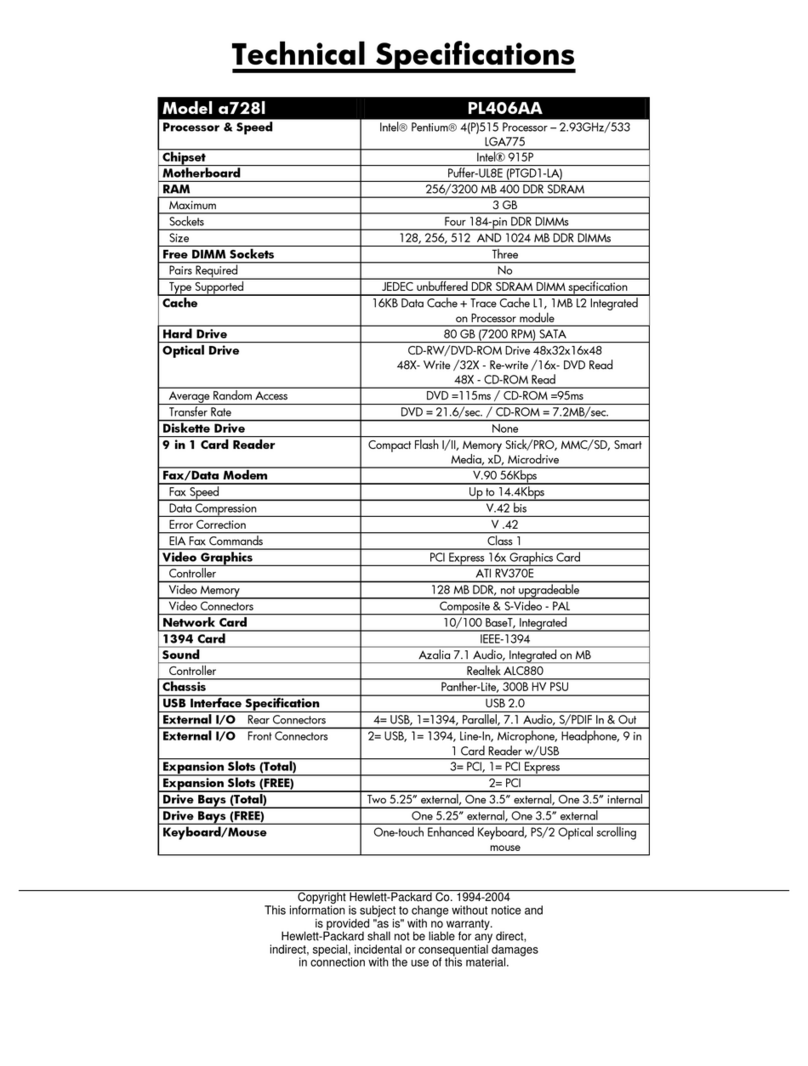
HP
HP Pavilion a700 - Desktop PC User manual

HP
HP Pavilion a6410t User manual
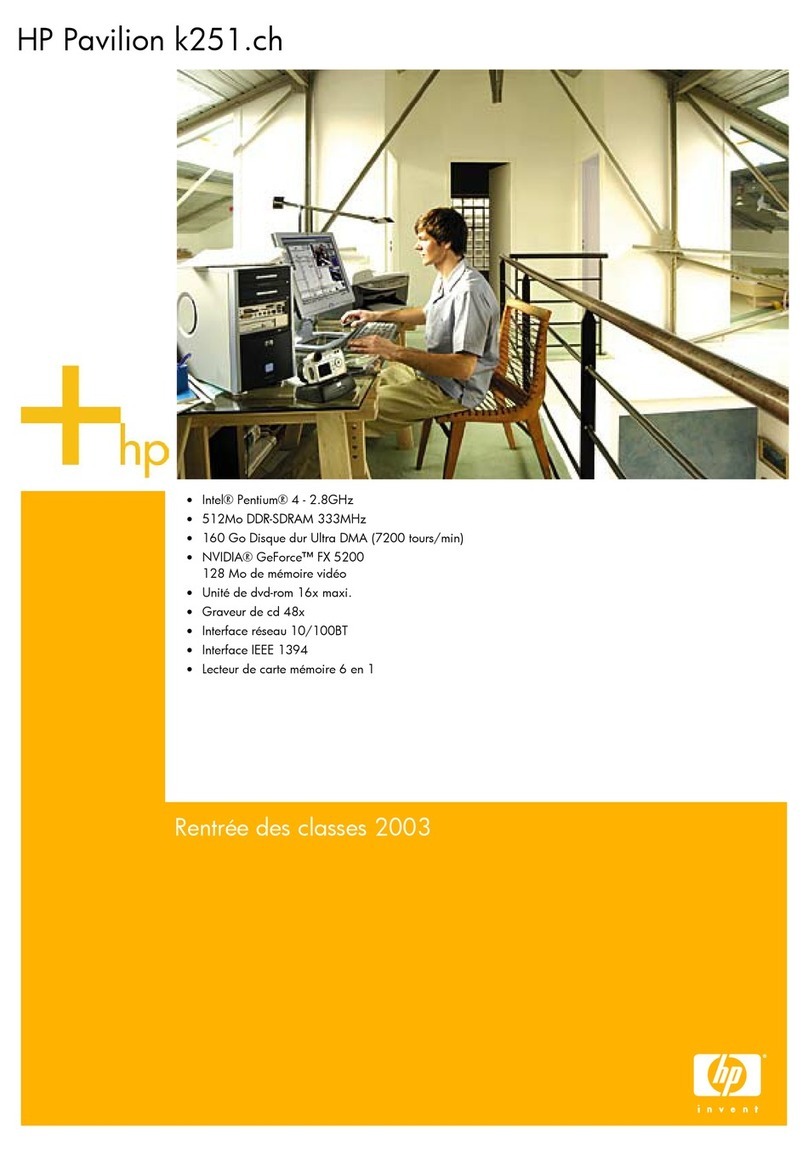
HP
HP Pavilion k200 - Desktop PC Installation instructions
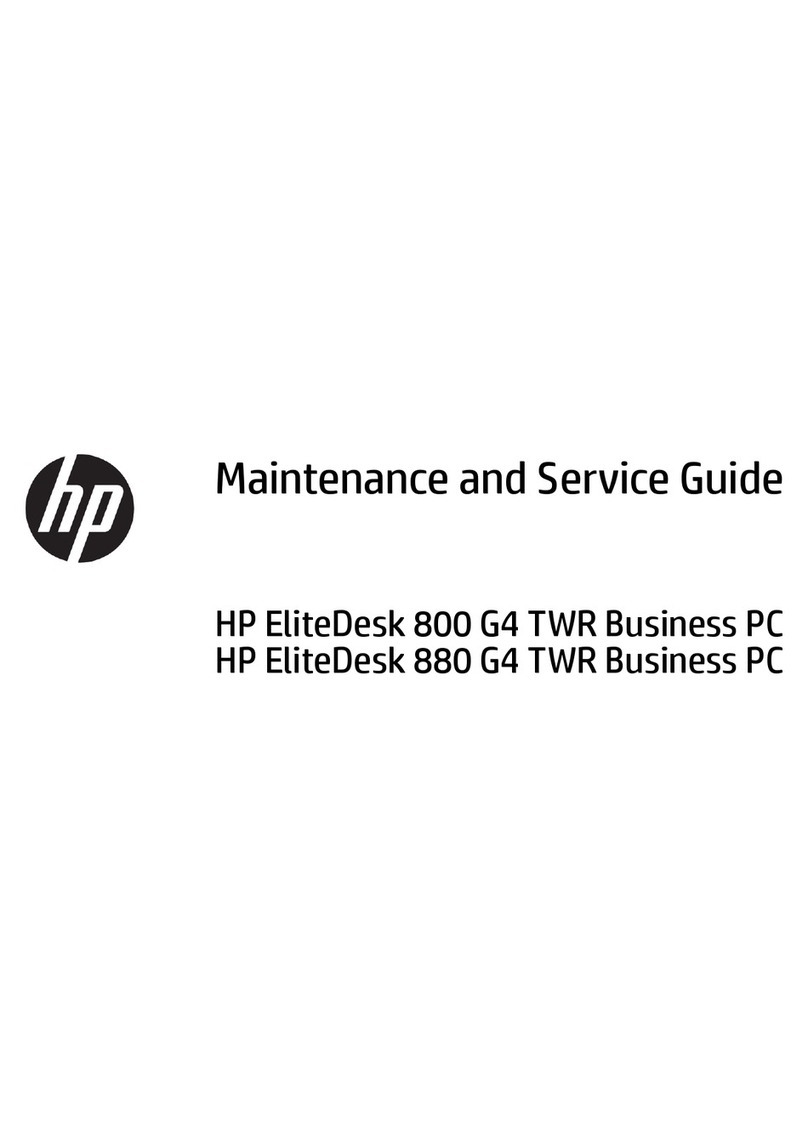
HP
HP EliteDesk 880 G4 TWR Manual
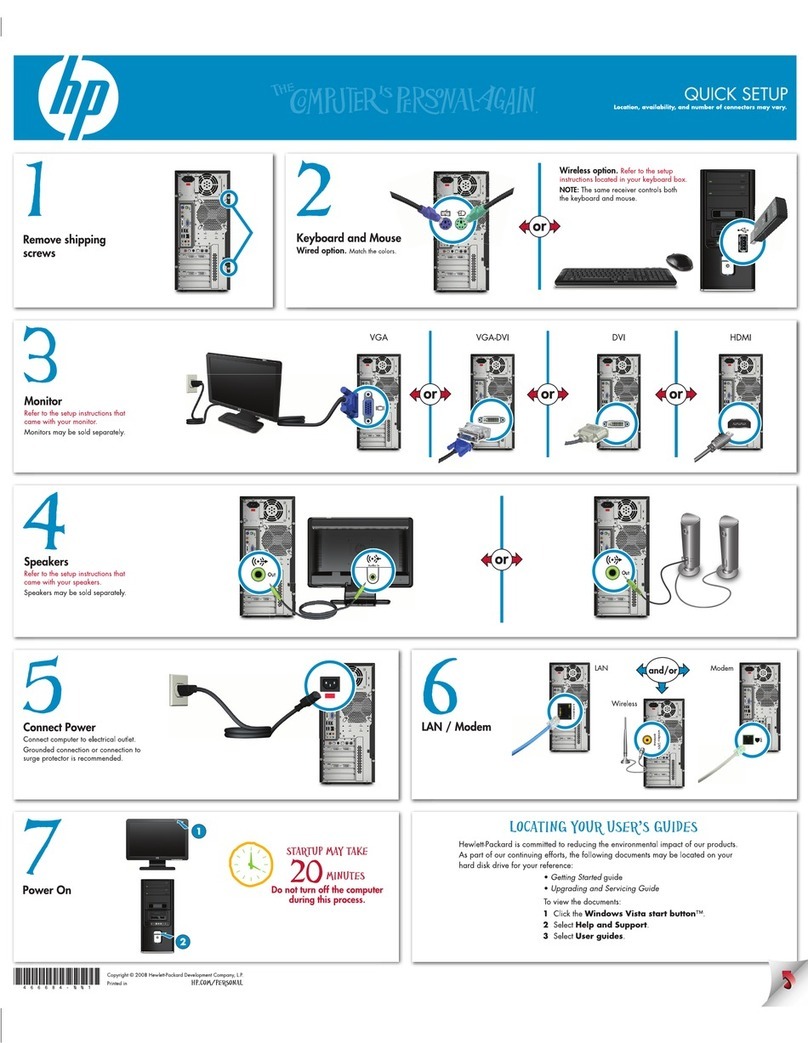
HP
HP Pavilion elite d5200 - atx desktop pc How to use

HP
HP C8000 - Workstation - 0 MB RAM User instructions
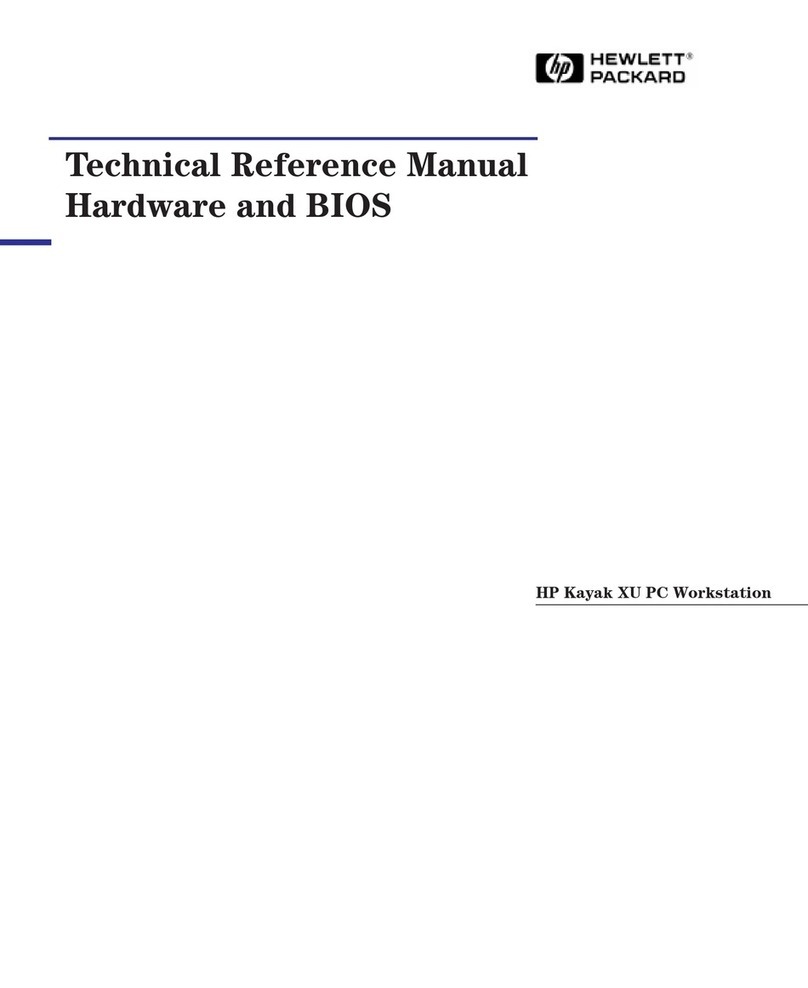
HP
HP Kayak XU Product manual
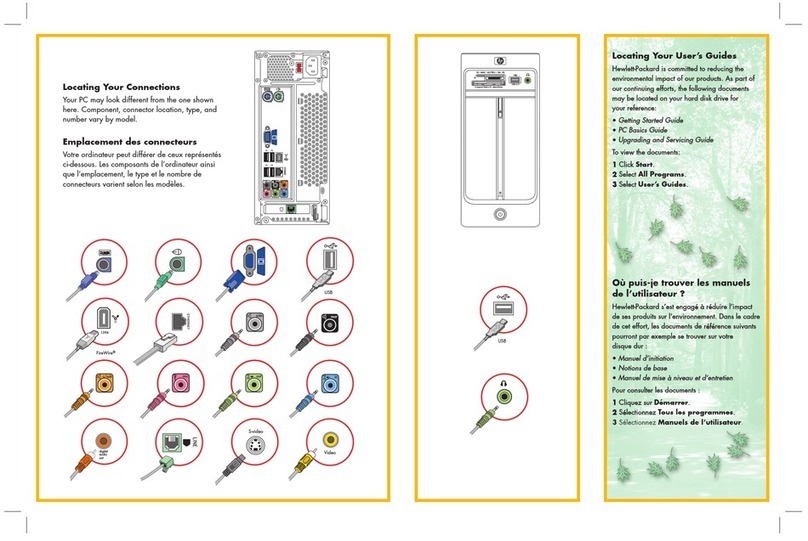
HP
HP Pavilion Slimline s7500 - Desktop PC User manual
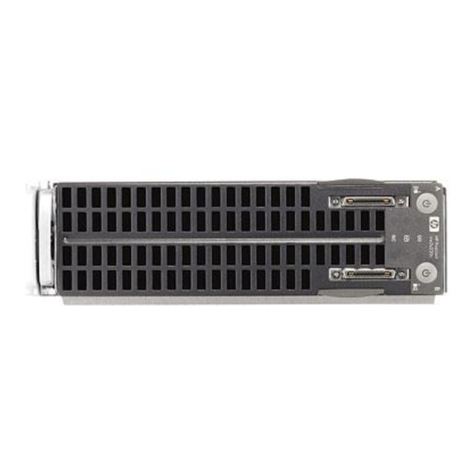
HP
HP ProLiant xw2x220c - Blade Workstation Manual
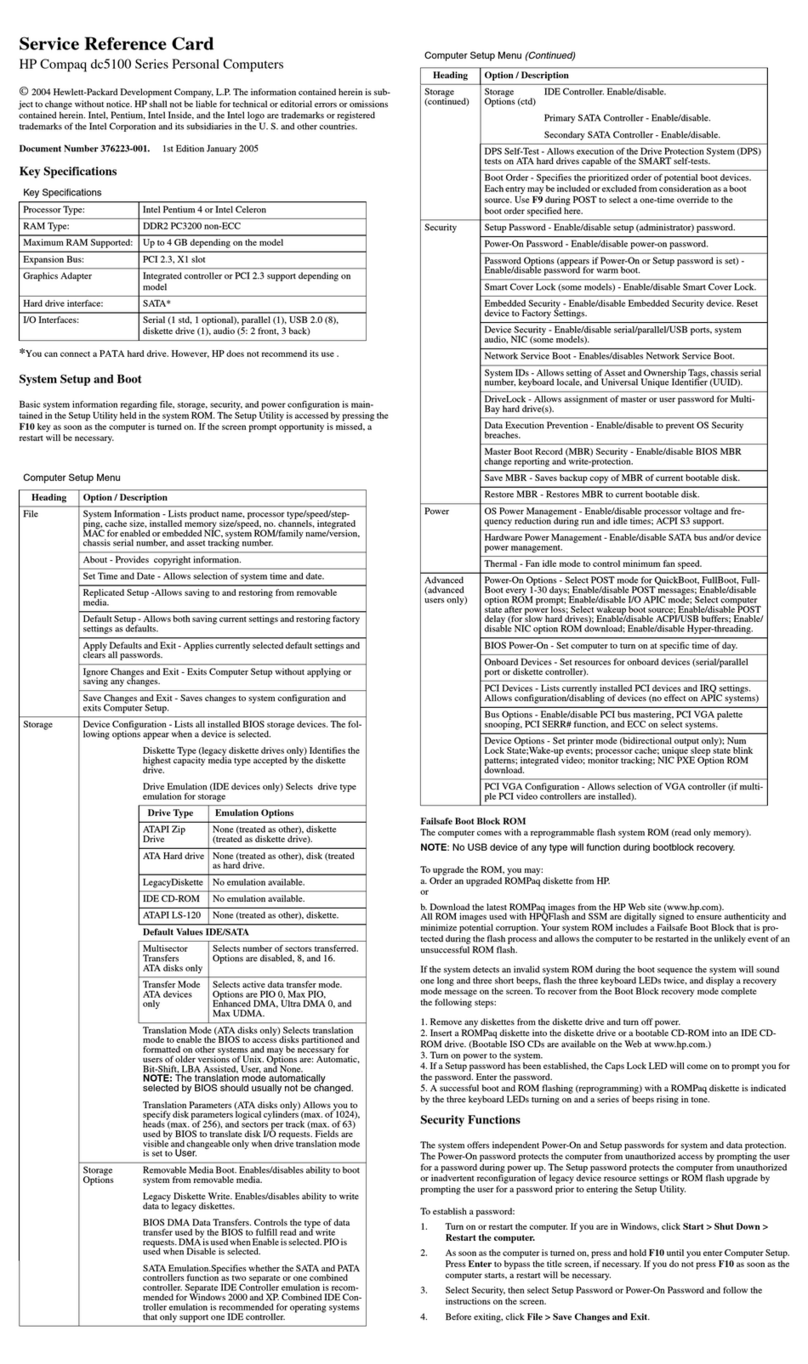
HP
HP Compaq dc5100 MT User manual

HP
HP 4000 - SureStore DLT 40e Tape Drive Owner's manual
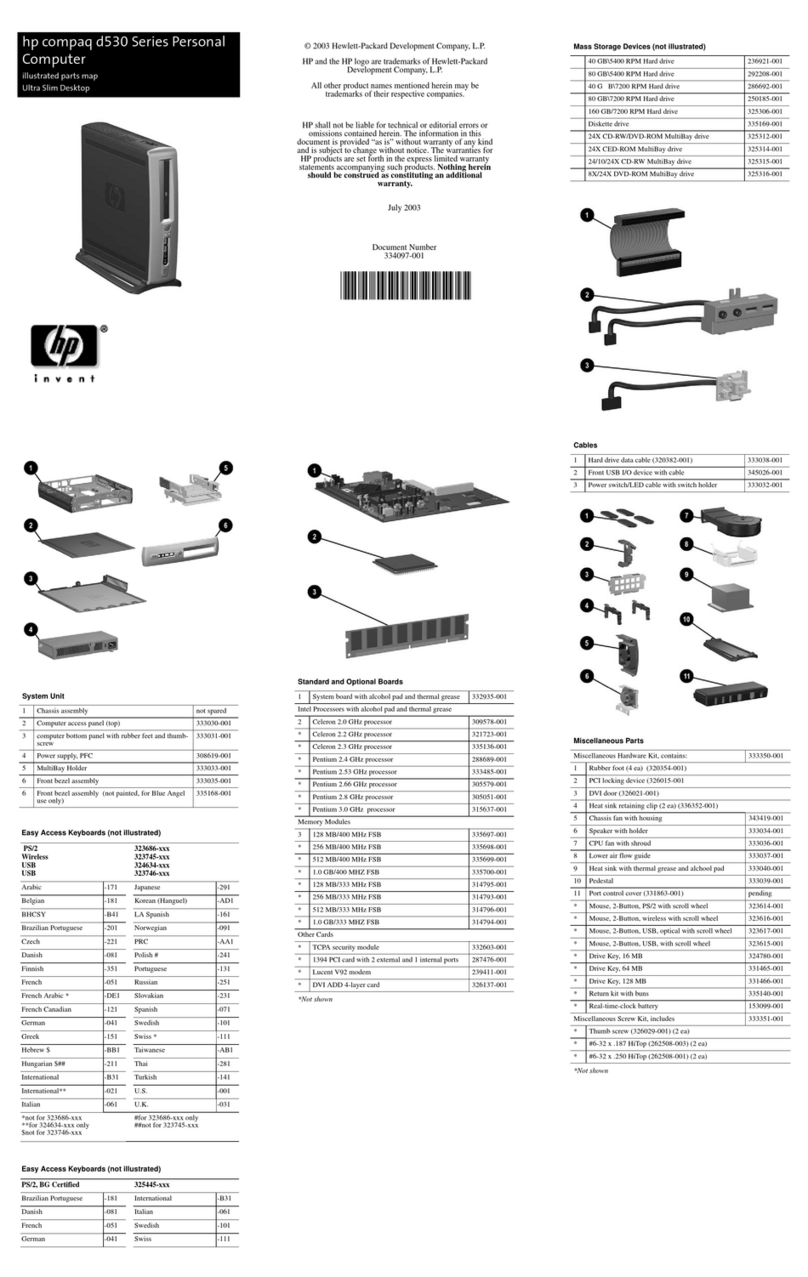
HP
HP D530 - Compaq Business Desktop Manual
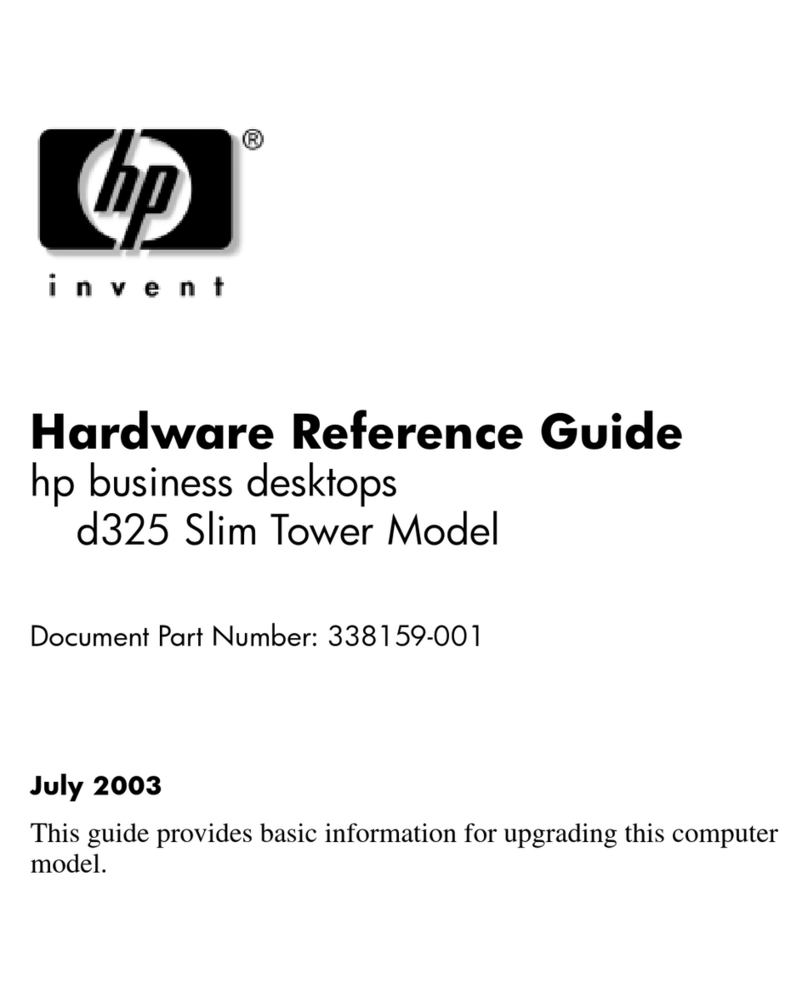
HP
HP d325 Slim Tower Model Operating and maintenance manual
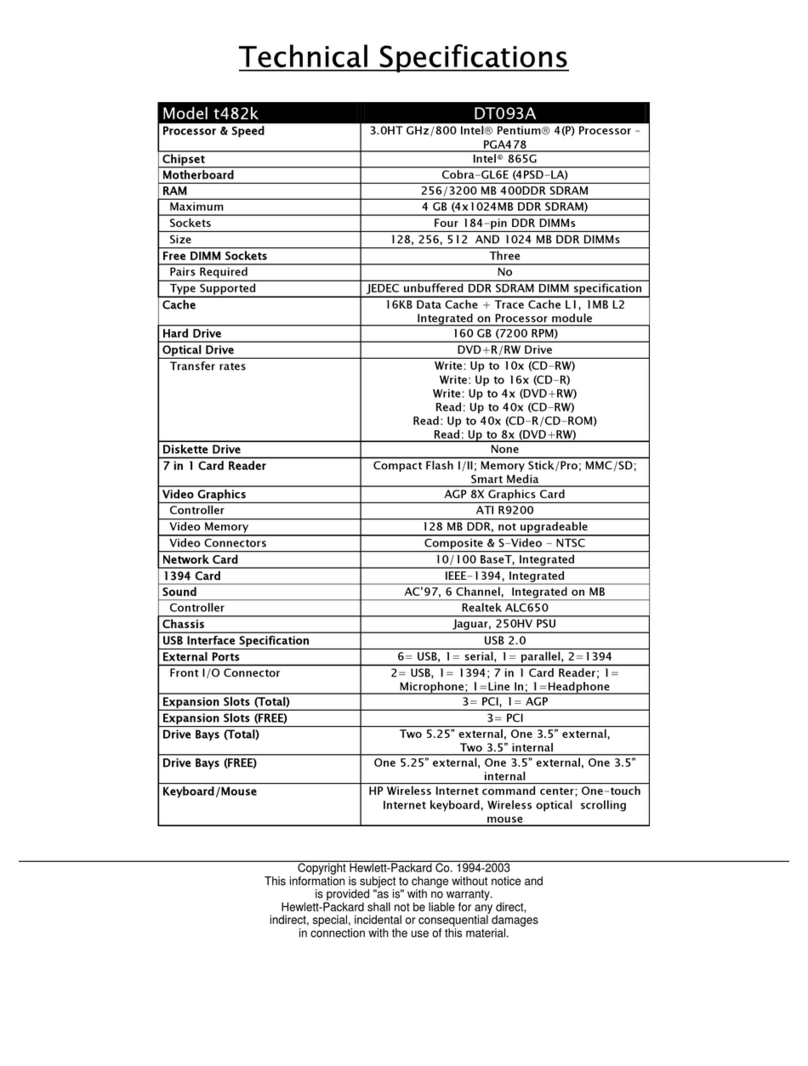
HP
HP Pavilion t482k User manual
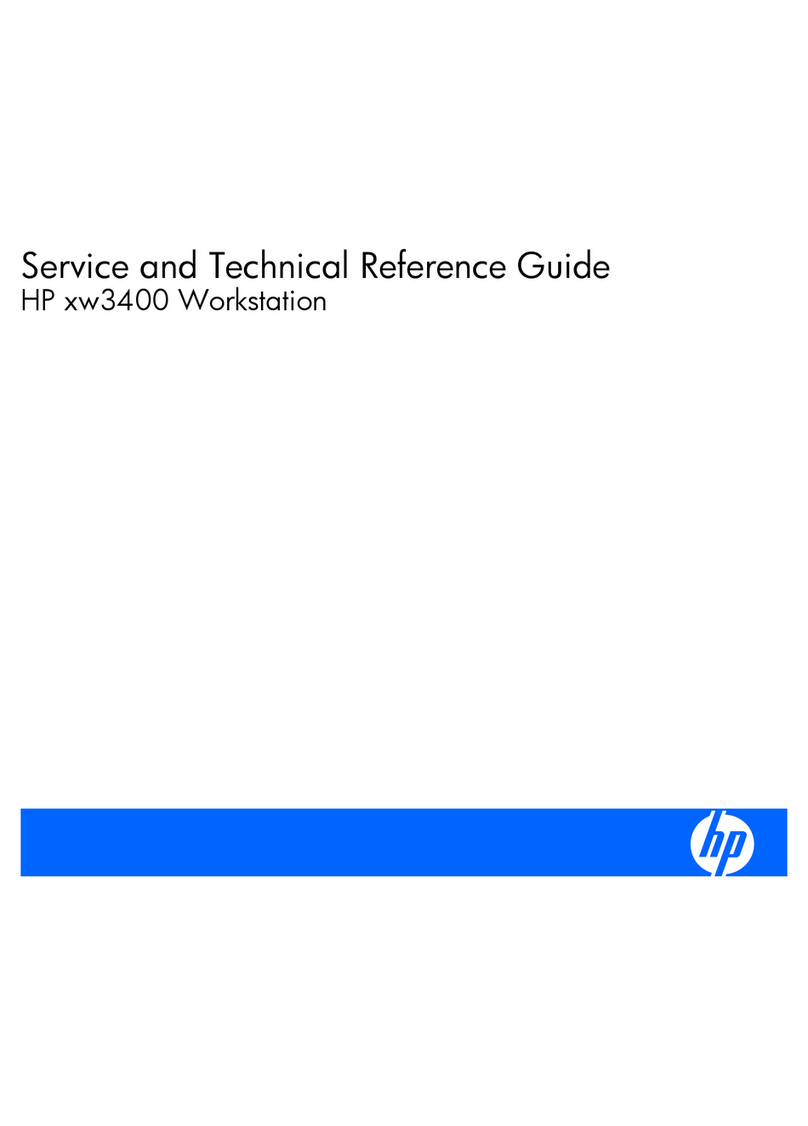
HP
HP xw3400 - Workstation Use and care manual
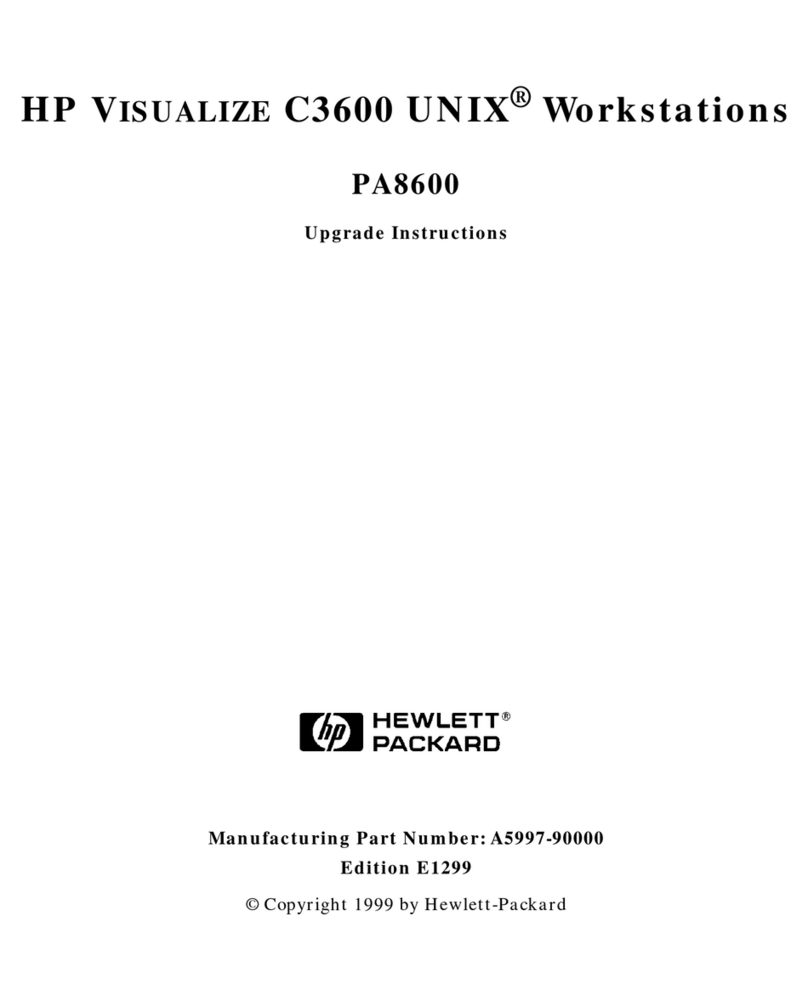
HP
HP Visualize c3600 Quick start guide
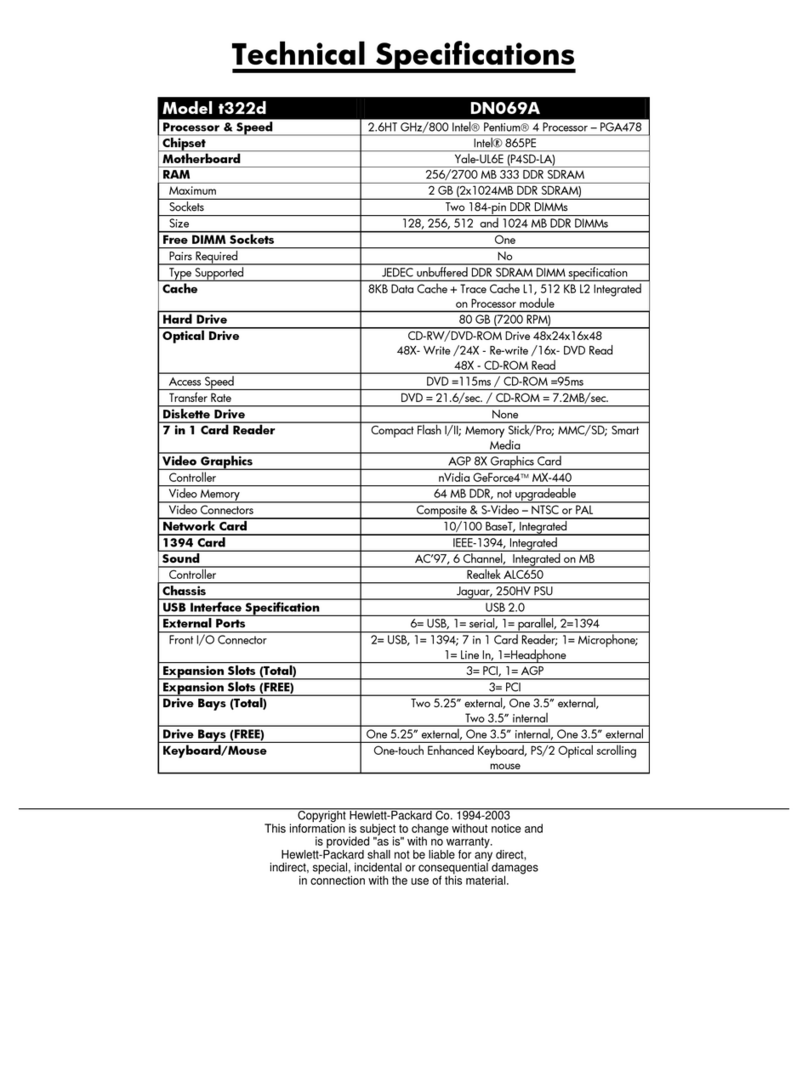
HP
HP Pavilion t322 User manual
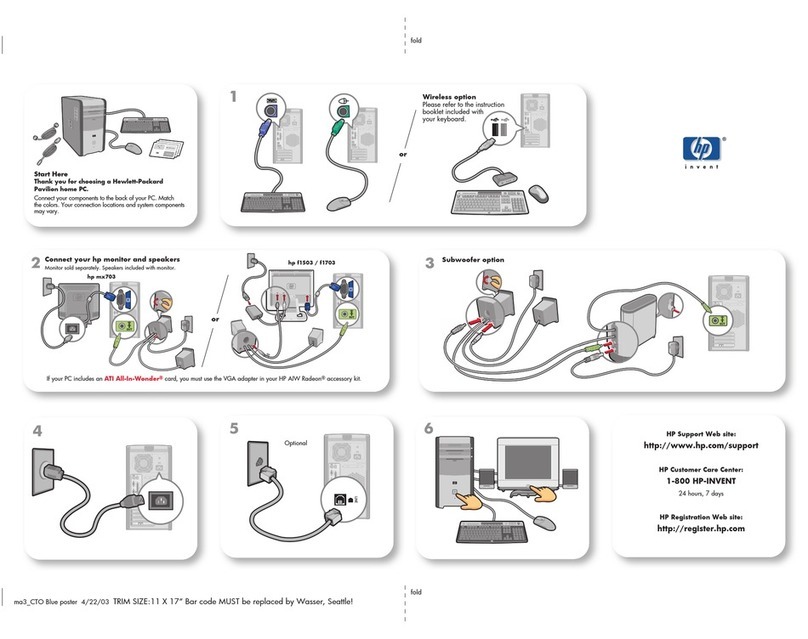
HP
HP Pavilion a250 Instruction Manual
